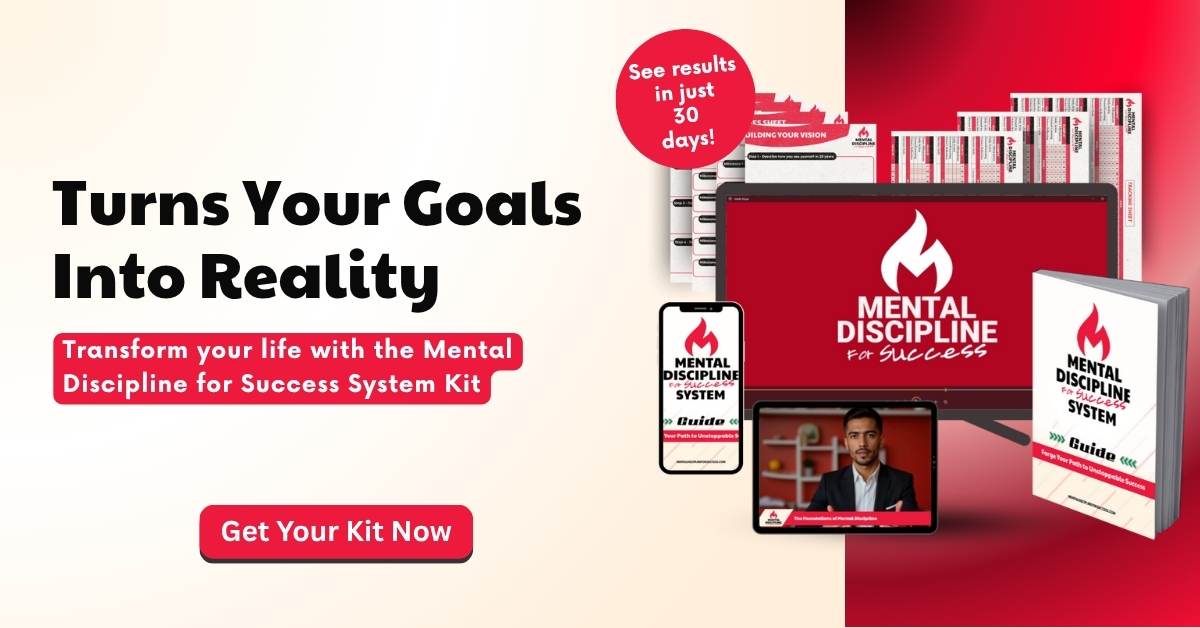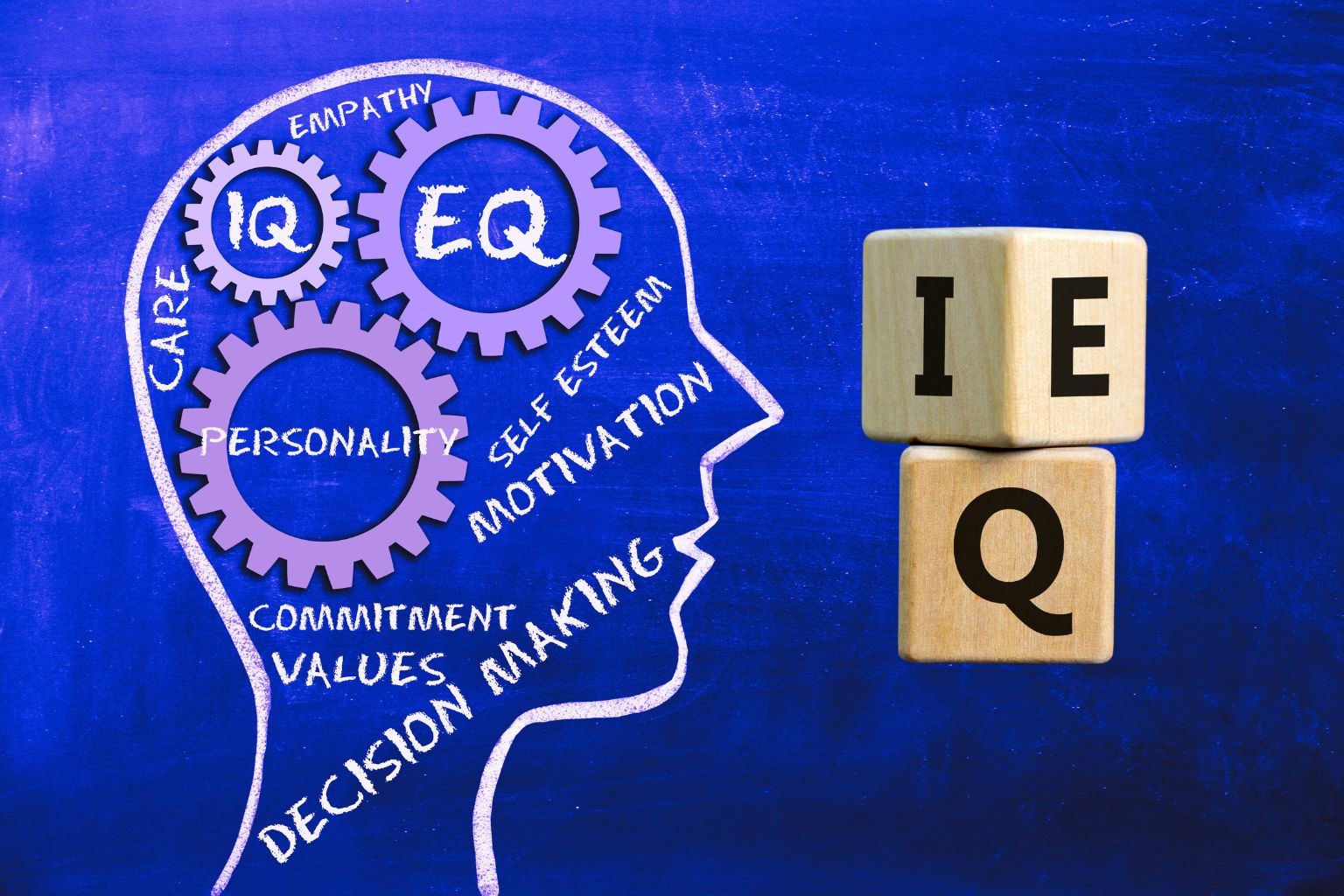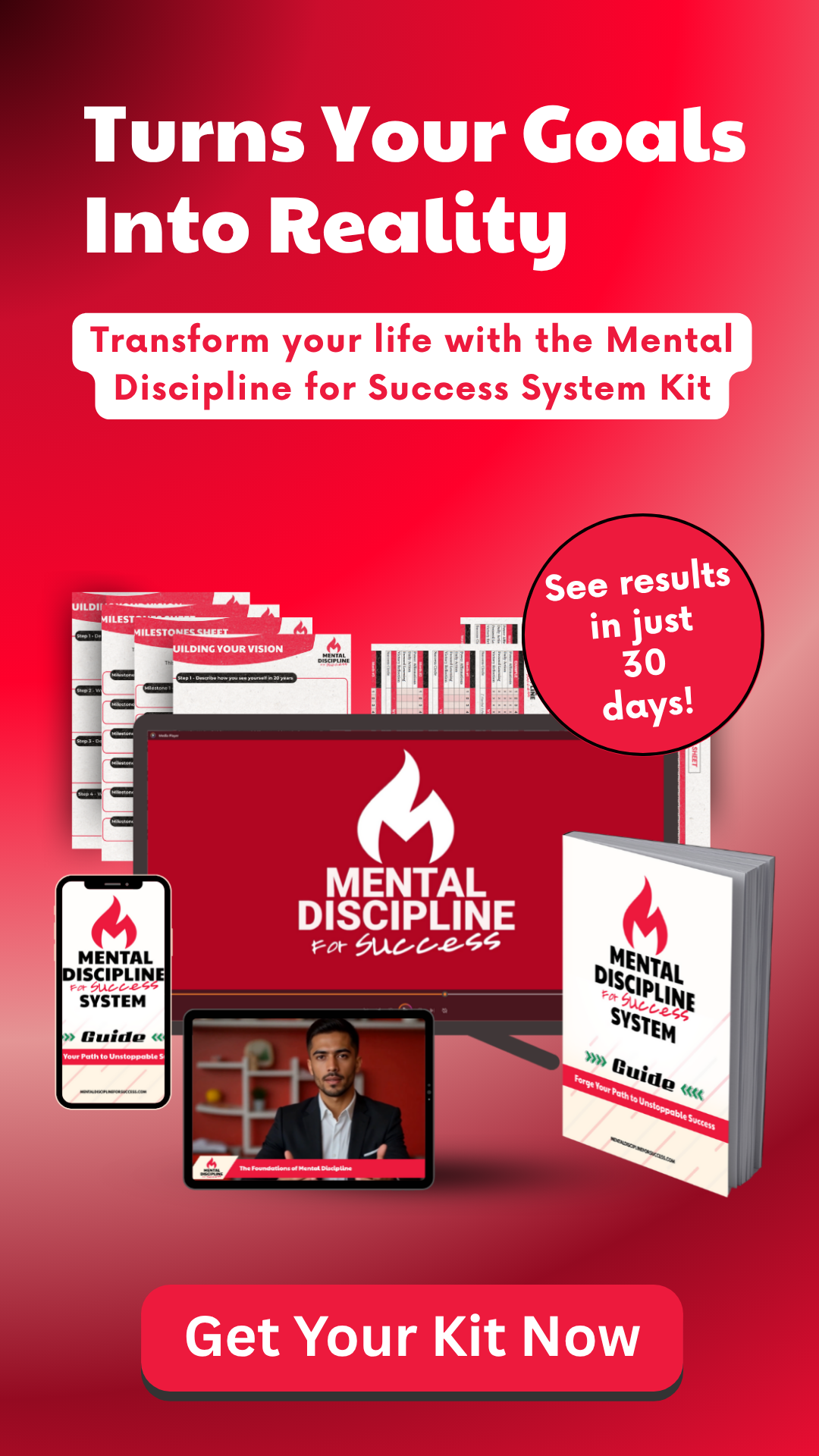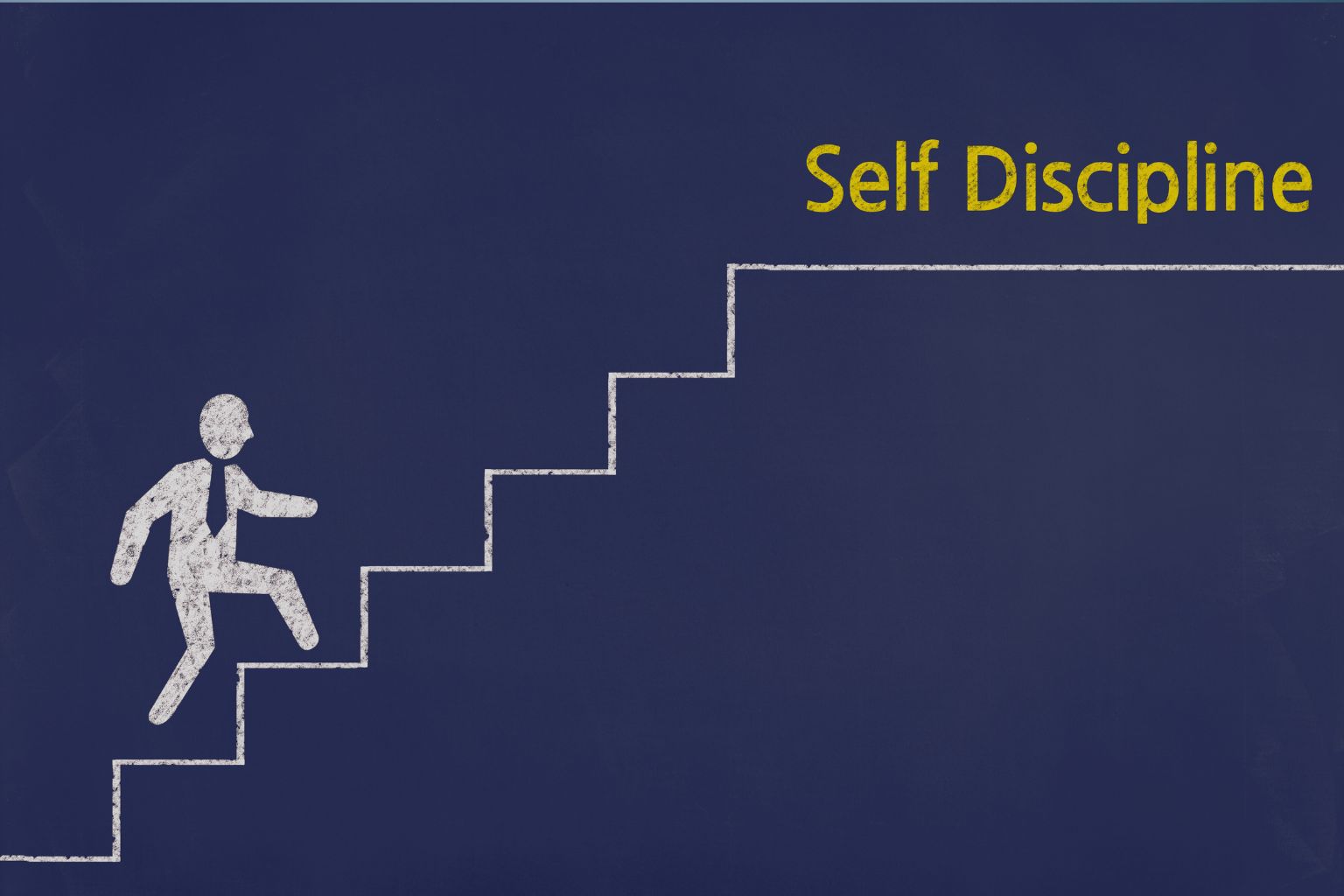By mastering goal strategies for success, you can prioritize success, channeling your mental energy into actions that move the needle. This post explores why we falter after planning, how our minds trip us up, and seven powerful strategies to execute your plan with precision, leveraging mental discipline for success.
Let’s say that you’ve set your goals and crafted a plan—now what? Too often, the real challenge isn’t dreaming big but executing effectively, turning your vision into reality without wasting energy or spinning your wheels. The pain of inefficient execution hits hard: you’re working tirelessly, yet progress feels slow, overwhelmed by competing tasks or distracted by low-value demands.
This struggle surfaces during the grind of following through, when poor prioritization scatters your focus and dilutes your impact. Why? Your brain, bombarded by decisions and distractions, often latches onto urgent but unimportant tasks, sidelining what truly drives goal achievement.
Ready to prioritize success and make every effort count? Let’s uncover how to transform your plan into unstoppable progress.
What Does It Mean to Prioritize Success?
To prioritize success is to deliberately focus your time, energy, and actions on what drives meaningful progress toward your goals. It’s about saying no to distractions and low-value tasks, ensuring every step aligns with your vision, whether you’re climbing the career ladder or pursuing a personal passion.
Prioritizing success requires clarity and intention, using your brain’s capacity for focus to maximize impact and achieve results efficiently.
What Are Goal Strategies for Success?
Goal strategies for success are targeted, post-plan approaches to execute your goals effectively, emphasizing impact over effort. Unlike generic goal-setting, these strategies focus on how to work smarter—prioritizing high-value actions, streamlining decisions, and optimizing energy—after your plan is set.
Rooted in mental discipline for success, goal strategies for success help you prioritize success by making every move count, turning your plan into tangible outcomes with precision.
The Pain of Ineffective Execution
Once your goal is set and your plan is ready, the real work begins—and that’s where things often go off track. You might find yourself buried in emails, tackling endless small tasks, or feeling overwhelmed by competing priorities, only to realize your main goal hasn’t budged.
This inefficiency shows up as:
- Wasted Effort: Spending hours on tasks that don’t advance your goal, like perfecting minor details.
- Overwhelm: Juggling too many priorities, leaving you mentally drained.
- Slow Progress: Seeing little results despite hard work, eroding motivation.
This struggle hits when you’re deep in execution—days or weeks after planning, when the initial excitement fades and daily demands pile up. It’s triggered by external pressures (e.g., urgent requests, notifications) and internal barriers (e.g., indecision, fear of missing out on other tasks).
Neurologically, your brain’s prefrontal cortex, responsible for decision-making, gets overloaded by constant choices, while the amygdala pushes you toward urgent, dopamine-driven tasks—like responding to messages—over important ones tied to goal strategies for success. This misallocation of attention undermines your ability to prioritize success, making execution feel like a slog.
Why We Struggle to Prioritize
Your brain is a powerful tool, but it’s not always your ally in goal achievement. Under pressure, it defaults to reactive mode, prioritizing tasks that feel urgent but don’t serve your goals.
The basal ganglia, which drives habits, keeps you stuck in routines like checking your phone, while the prefrontal cortex struggles to filter what’s truly important.
Cognitive overload—too many decisions or tasks—reduces your mental bandwidth, making it hard to focus on goal strategies for success. Emotional triggers, like fear of failure or perfectionism, further cloud your judgment, tempting you to focus on safe, low-value tasks instead of high-impact ones.
Understanding these mental roadblocks is key to unlocking mind power to achieve goals and prioritizing success with clarity.
Seven Ways to Execute Effectively
To prioritize success and master goal strategies for success, you need approaches that streamline your efforts, optimize your brain’s performance, and ensure every action counts.
Below, we’ll explore seven deeply practical strategies, flowing like a conversation with a mentor. Each leverages how your mind works, offering actionable steps to execute your plan with precision—no generic SMART goals or time management here, just real insights to amplify your effectiveness.
Focus on What Moves the Needle
Not all tasks are equal—some drive massive progress, while others barely budge the dial. To prioritize success, identify high-impact actions that align directly with your goal, using the 80/20 rule: 20% of your efforts often yield 80% of your results.
Your brain’s reward system loves value-driven tasks, releasing dopamine when you see progress, which fuels goal strategies for success. For example, if your goal is a career shift, prioritize networking with key contacts over tweaking your resume endlessly.
- List all goal-related tasks, then highlight the top 2-3 with the biggest impact (e.g., “Deliver project pitch” vs. “Organize files”).
- Spend 80% of your goal time on these high-impact tasks daily.
- Review weekly: “Did I focus on what mattered most?”
Use Decision Filters
Indecision kills effectiveness, but a mental filter—a set of criteria tied to your goal—streamlines choices. Your prefrontal cortex thrives on clear rules, reducing cognitive load and boosting goal strategies for success.
For instance, if your goal is to grow a side hustle, ask, “Does this task generate revenue or build my audience?” If not, skip it. This keeps you aligned, making it easier to prioritize success.
- Create 1-2 filter questions, e.g., “Does this move me closer to my goal?”
- Write them on a sticky note and check before starting any task.
- Practice daily for 14 days to make filtering automatic.
Leverage Your Energy Peaks
Your brain performs best at certain times, driven by circadian rhythms—typically mid-morning or early afternoon for most.
To prioritize success, schedule high-priority tasks during these energy peaks, when focus and creativity soar. This optimizes goal strategies for success by aligning effort with mental clarity, avoiding the slog of low-energy hours.
- Track your energy for 3 days: note when you feel sharpest (e.g., 9-11 AM).
- Block 1-2 hours during your peak for goal-critical tasks, like strategizing or creating.
- Reserve low-energy times (e.g., late afternoon) for routine tasks.
Eliminate Low-Value Distractions
Distractions aren’t just phone notifications—they’re any tasks that don’t serve your goal, like saying yes to unrelated favors. Your brain’s attention is finite, and low-value tasks increase cognitive load, undermining goal strategies for success.
Ruthlessly cut these by setting boundaries and focusing on what aligns with your plan, freeing mental space to prioritize success.
- Audit your week: list tasks and cut 2-3 that don’t advance your goal (e.g., unnecessary meetings).
- Practice saying, “I’m focused on a priority now—can we revisit later?”
- Check daily: “Did I avoid tasks that don’t matter?”
Batch Similar Tasks
Grouping related tasks—batching—boosts efficiency by putting your brain in a flow state, where focus deepens and transitions are minimized.
For example, if your goal involves writing, batch all drafting in one session instead of spreading it out. This leverages the brain’s ability to stay in “task mode,” enhancing goal strategies for success and helping you prioritize success with less mental friction.
- Identify 1-2 recurring task types (e.g., emails, planning) and batch them into 60-minute blocks.
- Schedule 1-2 batch sessions weekly, like “Monday 10 AM: all admin.”
- Track time saved after 7 days to see the impact.
Reflect and Adjust Weekly
Effectiveness requires course correction. Weekly reflection—thinking about what worked and what didn’t—engages your brain’s metacognition, improving decision-making for goal strategies for success.
By reviewing progress, you spot inefficiencies and realign efforts, ensuring you prioritize success with precision.
- Spend 15 minutes every Sunday asking, “What advanced my goal? What slowed me?”
- Adjust one action for the next week, e.g., “Spend less time on emails.”
- Keep a reflection journal to track insights over 30 days.
Build Feedback Loops
External input sharpens your execution. Your brain’s social wiring responds to feedback, releasing oxytocin when others validate or challenge your approach, boosting goal strategies for success.
Seek input from mentors, peers, or online communities to refine your plan’s effectiveness, ensuring you prioritize success with fresh perspectives.
- Ask one trusted person for feedback monthly: “How can I improve my approach?”
- Join a goal-focused group (e.g., online forums) to share progress weekly.
- Act on one piece of feedback within 48 hours to stay agile.
Tools to Prioritize Success
To amplify goal strategies for success, use tools that streamline execution and support your brain’s focus. These mental allies make prioritizing success easier:
- Apps: Use Notion to organize high-impact tasks or RescueTime to track time spent on priorities, reinforcing focus with data.
- Journals: Keep a priority journal, noting daily high-impact tasks to train your brain to filter distractions.
- Visual Cues: Place a goal reminder (e.g., a note saying “Focus on what matters”) on your desk, engaging the visual cortex to stay aligned.
- Calendars: Block peak energy times in Google Calendar for priority tasks, making them non-negotiable.
- Timers: Use a Pomodoro timer (25-minute sprints) for batching, tapping into the brain’s love for structured focus.
Combine 2-3 tools (e.g., journal and calendar) for 30 days, adjusting based on what boosts your effectiveness most. These tools make goal strategies for success feel effortless, keeping you locked on prioritizing success.
Real-World Applications
Your goal strategies for success apply to any ambition:
- Career Growth: Focus on high-impact actions and batch tasks to land a promotion, using feedback loops to refine your approach.
- Personal Projects: Leverage energy peaks and eliminate distractions to complete a passion project, reflecting weekly for alignment.
- Skill Building: Use decision filters and visual cues to master a new skill, prioritizing success with efficient practice.
These show goal strategies for success are universal, powered by mental discipline for success, for any pursuit.
About Effective Goal Strategies For Success: FAQ’s
List your top 2-3 high-impact tasks and block your energy peak for them daily. This kickstarts goal strategies for success to prioritize success.
Your brain prioritizes urgent tasks over important ones, draining focus. Use decision filters and batching to boost goal strategies for success.
Practice strategies like reflection or eliminating distractions for 2-4 weeks to see gains. Commit to 60 days for lasting goal strategies for success.
Yes! Start with a priority journal or feedback loops, and anyone can master goal strategies for success with mental discipline for success.
A priority journal, paired with a calendar for peak energy blocks, sharpens focus, driving goal strategies for success to prioritize success.
Wrapping It Up
You’ve just unlocked seven powerful ways to prioritize success, transforming your goal plan into reality with goal strategies for success. From focusing on high-impact actions to building feedback loops, these approaches help you work smarter, not just harder, using mental discipline for success to maximize every effort.
Prioritizing success means making every moment count—cutting distractions, aligning with your peak energy, and refining your path weekly.
Start now: pick one strategy, like listing your top-impact tasks or setting a decision filter, and watch your progress soar. Your goal strategies for success are ready to shine—embrace them today and make your ambitions unstoppable!

















Share it!